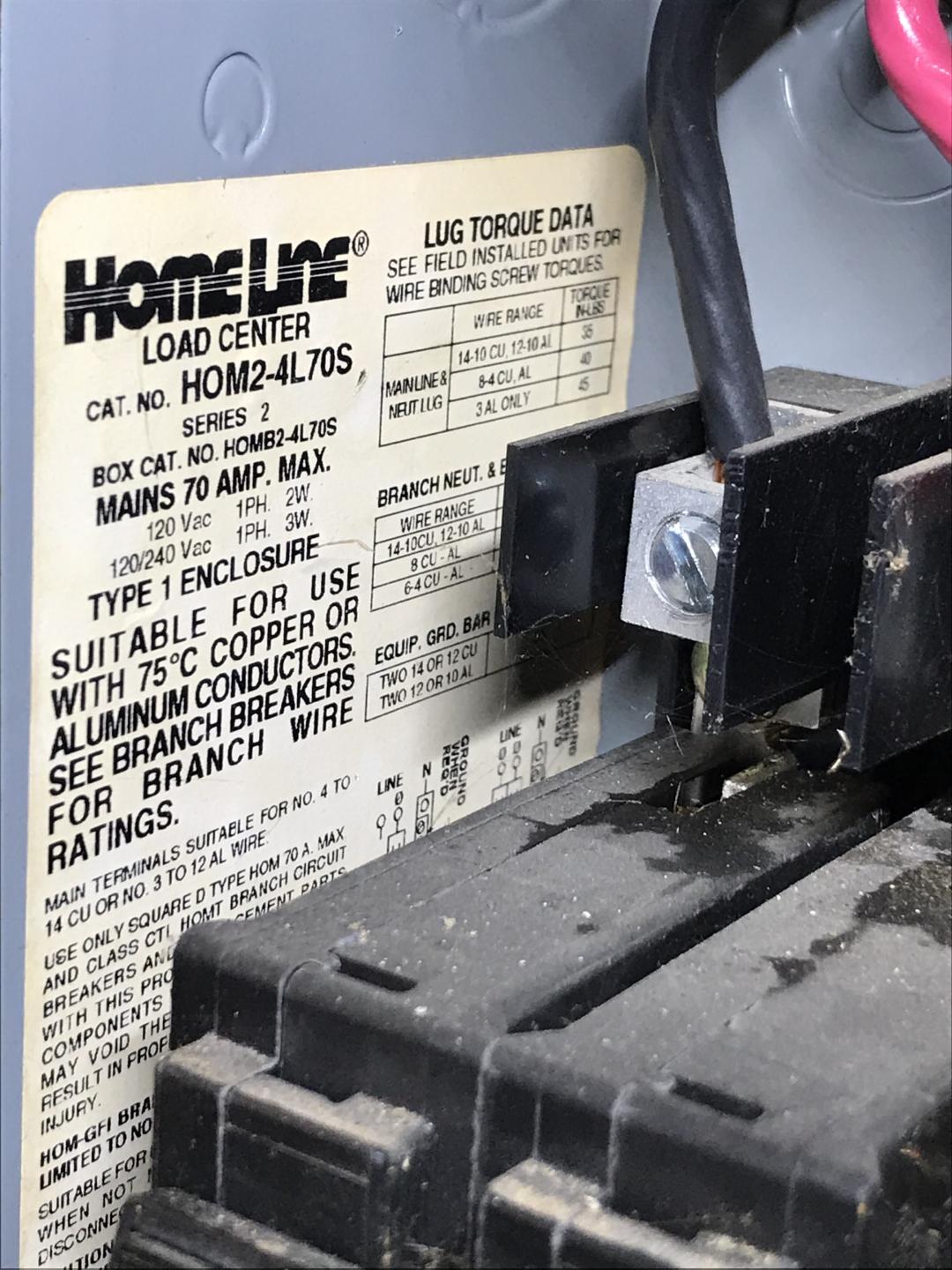I recently bought a home and the garage has this sub panel that looks questionable to me. The garage has a circuit for 240v, and two other circuits that consists of two 120v wall outlets, and two 120v switched outlets. I do not know when this was all installed.
I do see that all the circuits run off a single 2 pole 40 amp breaker. The neutral and grounds are bonded as well in this panel. All the Romex in the garage is 12/2. The main panel is outside the home and the breaker for the garage is 40 amp.
I am a novice with home electrical but not a complete idiot and trying to learn. I dont plan on messing with any of this myself, just want to know how horrible this actually is.
EDIT
I have added below requested pics of the panel label. This is also a detached garage, ~20' away from the main panel on back of the house.
I really appreciate all the comments and suggestions and have learned alot just from this.
I suppose then my end goal is a subpanel upgrade, keep my current outlets but on two separate breakers (?) May just get rid of the existing 240v circuit and have a three foot 6 or 8/2 run to a 50amp breaker for the welder (?) Since the feed from the main panel is #8, I suppose Ill have to upgrade that moving forward? It is run overhead.
Trying to get a grasp on what I want/need before I call somebody to come out.




